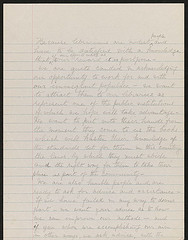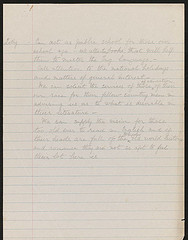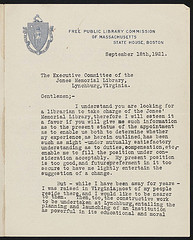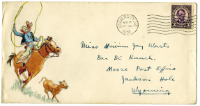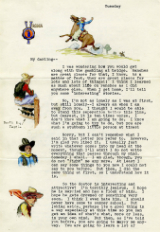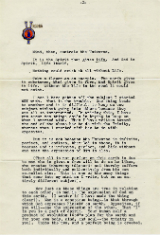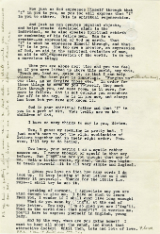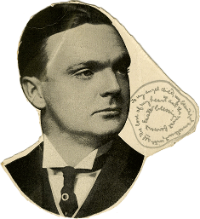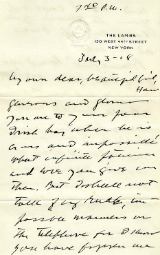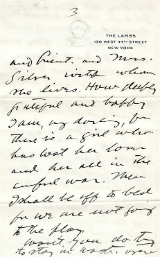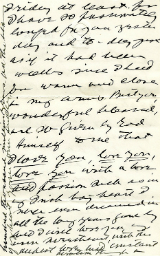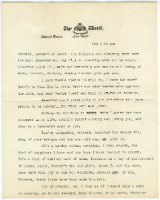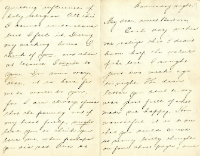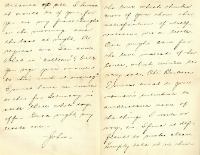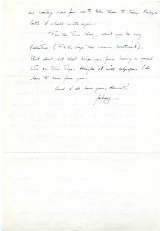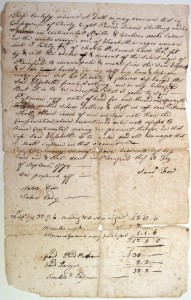Happy National Library Week: Jane Maud Campbell
ø
 Today is National Library’s Workers Day — a part of the American Library Association’s 2012 National Library Week (April 8-14).
Today is National Library’s Workers Day — a part of the American Library Association’s 2012 National Library Week (April 8-14).
To celebrate librarians, we are highlighting the papers of Jane Maud Campbell (MC 382) available for research at the Schlesinger Library. The small collection is available entirely online through Harvard’s open collections program.
Who was Jane Maud Campbell?
 Jane Maud Campbell was born in Liverpool, England, one of seven children of George and Jane Cameron Campbell. When she was twelve, the family moved to the United States, and she attended a private school in Richmond, Virginia. Returning to Great Britain, Campbell graduated in 1886 from the Ladies’ College of Edinburgh University and the Edinburgh School of Cookery and Domestic Economy.
Jane Maud Campbell was born in Liverpool, England, one of seven children of George and Jane Cameron Campbell. When she was twelve, the family moved to the United States, and she attended a private school in Richmond, Virginia. Returning to Great Britain, Campbell graduated in 1886 from the Ladies’ College of Edinburgh University and the Edinburgh School of Cookery and Domestic Economy.
After graduation, she returned to the United States and worked as an assistant at the Free Public Library in Newark, New Jersey. In 1902 she was made head of public libraries in Passaic, New Jersey, and became increasingly concerned with the plight of newly arrived immigrants.
In 1910 she left the Passaic Free Library to join the North American Civic League in New York City, where she taught immigrants about naturalization and their prospects for employment as American citizens. In 1913 she was appointed Educational Director for Work with Aliens of the Massachusetts Library Commission, the first such post in the United States.
In 1922 Campbell left Massachusetts to be closer to her family, securing a position as head librarian of the Jones Memorial Library in Lynchburg, Virginia. She died in Lynchburg in April 1947.
Some documents from the collection
Please note: click on any image of a letter to see a larger (more readable) version. To return to this post, click on your browser’s back button.
Document #1: Campbell’s Edinburgh School of Cookery and Domestic Economy bursar’s report card with course listings such as knitting and darning, cleaning and scullery work, and practical dressmaking (page #359)
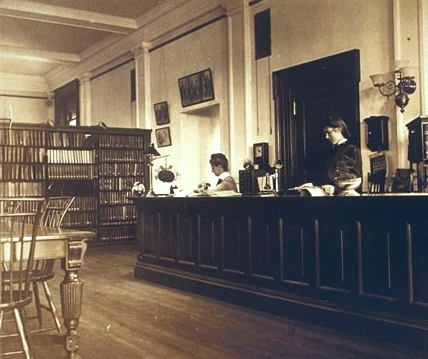
1901 photograph of Campbell at the reference desk at the Free Public Library in Newark, New Jersey
Document #2: A handwritten draft letter to the Editor of the Daily News, circa 1912, extolling the praises of the card catalog (pages #688-689)
Document #3: Campbell’s handwritten speech, circa 1913, relating how librarians (“modest people [who] have to be satisfied with a knowledge that if our efforts entitle us to our reward, it is postponed…”) can assist immigrants in becoming library patrons (pages #1139-1140)
Document #4: A typewritten draft letter to Jones Memorial Library in Lynchburg, Virginia with a detailed description of Campbell’s professional career as a librarian (pages #713-716)



